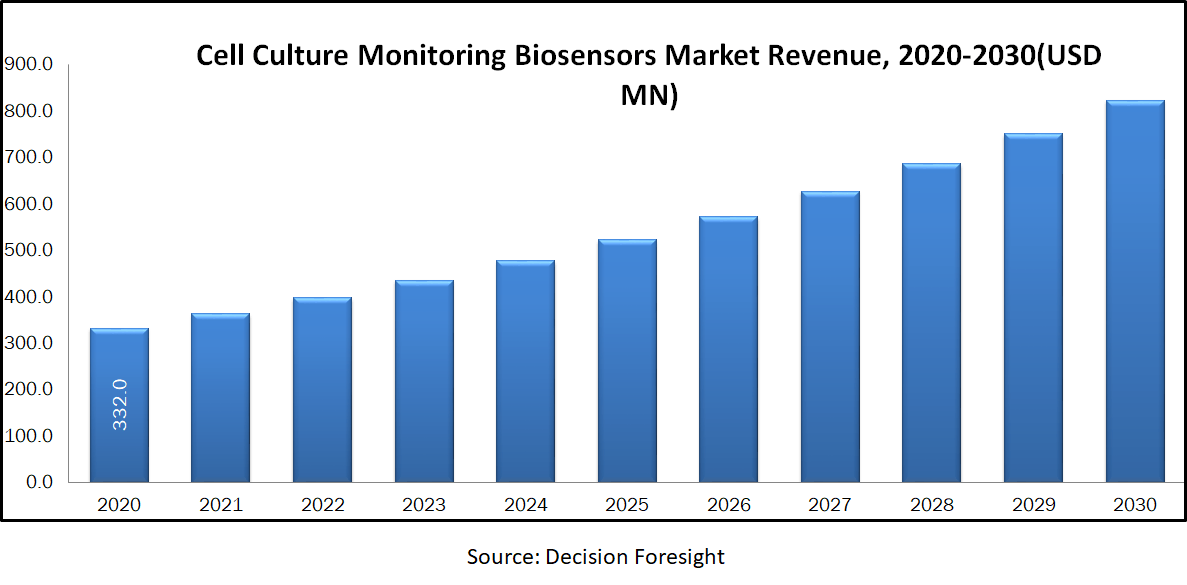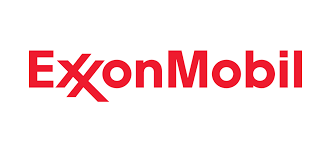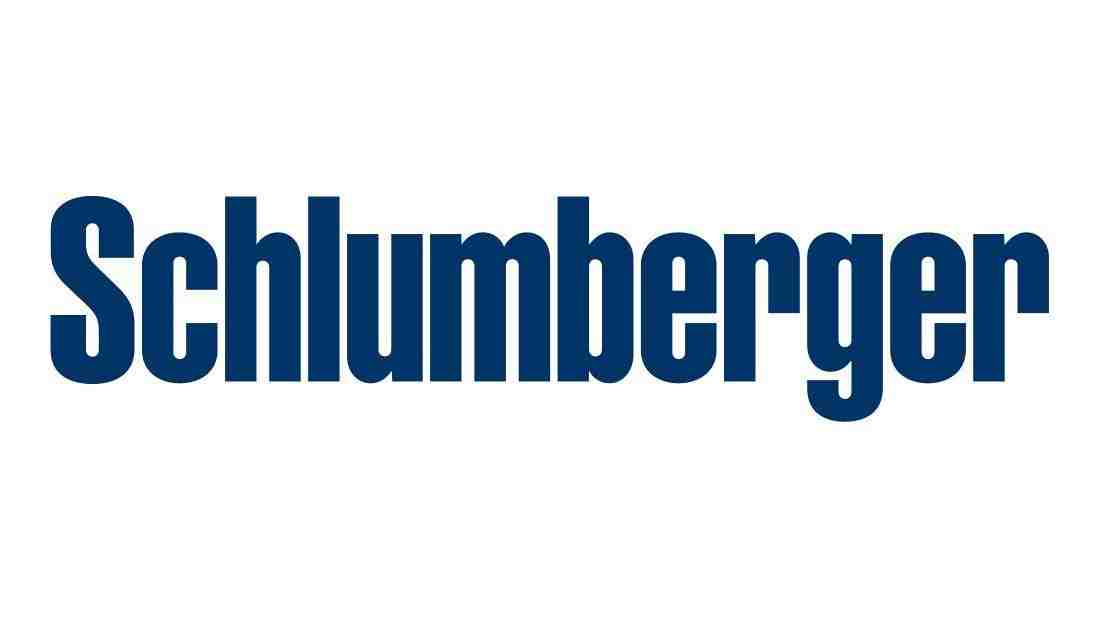Cell Culture Monitoring Biosensors Market held USD 332 million in 2020 and is to grow with a CAGR of 9.5% from 2020-2030. Cell culture is an important source of molecular biology. Biosensors are used to monitor a number of parameters (including cell proliferation, cell density, contamination, etc.) and the cellular behavior of cell cultures. There are various types of biosensors including thermal biosensors, fiber optic biosensors electrical biosensors, and others that are used to monitor changes during the cell culture process. Cell culture is an important and fundamental tool for the development of biosimilars, biologics and personalized medicine. Cell culture enable minimizing the risks by providing data regarding temperature, release of toxic substance, formation of predetermined metabolite and increase in cell density.
Market Dynamics and Factors:
The global cell culture monitoring biosensor market growth is expected to be driven by increased trends in the use of biosensors for cell culture monitoring in 2D and 3D cell culture models. For example, researchers were inclined in 2017 to develop culture models for early treatment of macular degenerative age-related (AMD), according to the 'News Medical Life-sciences.' The AMD is the third largest cause of total vision loss and the geriatric population is more prevalent. Increased cell culture application demand is expected to drive growth in several industries and industries, like pharmaceutical organizations, biotechnology organizations, research labs, and others.
Market Segmentation:
Based on the product type, the cell culture monitoring biosensors market industry is segmented into electrochemical biosensors, fiber optic biosensors, thermometric biosensors, piezoelectric biosensors, and others. On the basis of end-user, the cell culture monitoring biosensors market trends include pharmaceutical organizations, biotechnology organizations, and research laboratories. Geographical breakdown and analysis of each of the aforementioned segments includes regions comprising North America, Europe, Asia-Pacific, and ROW.
Geographic Analysis:
North America dominates the cell culture monitoring biosensors market share with the large demand owing to increasing incidence of chronic disease, raid development of medical infrastructure and increased treatment options. Growing expenditure of government on rapid development of make shift hospitals, development of novel disease controlling drugs is further fueling the growth of global cell culture monitoring biosensors market share. Asia Pacific cell culture monitoring biosensors demand is also growing at a fast pace owing to increasing growth of targeted therapies in this region, is anticipated to drive cell culture monitoring biosensors market size in coming years. However high cost of cell culture monitoring biosensors is anticipated to restrain the cell culture monitoring biosensors market growth to some extent.
Competitive Scenario:
Global cell culture monitoring biosensors market players will garner significant major market share. Key companies are also expanding their manufacturing facilities to cater to growing demand for this drug globally. Key players enhancing the global Cell Culture Monitoring Biosensors market size include Zydus Cadila, Bayer, Laurus Labs, Sun Pharma, Sanofi, Ipca Laboratories Ltd, Novartis AG, Teva Pharmaceutical Industries Ltd and McW Healthcare.
Cell Culture Monitoring Biosensors Market Report Scope
| Report Attribute | Details |
| Analysis Period | 2020–2030 |
| Base Year | 2021 |
| Forecast Period | 2022–2030 |
| Market Size Estimation | Million (USD) |
| Growth Rate (CAGR%) | 9.5 % |
|
| Product Type (Electrochemical Biosensors, Thermometric Biosensors, Fiber Optic Biosensors, Piezoelectric Biosensors, and Others), by End User (Pharmaceutical Organizations, Biotechnology Organizations, and Research Laboratories) |
| Geographical Segmentation | North America (U.S., Canada, Mexico) Europe (UK, Germany, Italy, France, Rest of Europe), Asia-Pacific (China, Japan, India, Australia, Rest of APAC), South America (Brazil, Argentina, Rest of SA), MEA (UAE, Saudi Arabia, South Africa) |
| Key Companies Profiled | Zydus Cadila, Bayer, Laurus Labs, Sun Pharma, Sanofi, Ipca Laboratories Ltd, Novartis AG, Teva Pharmaceutical Industries Ltd and McW Healthcare. |







